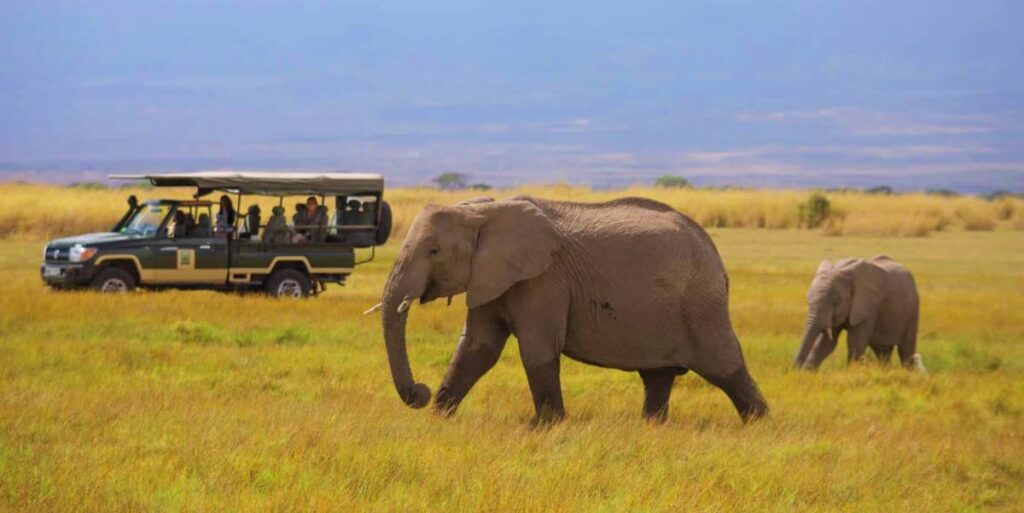Nestled in northeastern Tanzania, Kilimanjaro National Park stands as a testament to nature’s grandeur, with its centerpiece being the majestic Mount Kilimanjaro, Africa’s highest peak. Established in 1973 and honored as a UNESCO World Heritage Site, the park encompasses an extraordinary range of ecosystems, from dense rainforests teeming with diverse flora and fauna at its base to the otherworldly alpine desert and glaciers near its summit. The ascent of Kilimanjaro becomes a journey through distinctive climate zones, offering climbers a kaleidoscope of landscapes, including heath, moorland, and the remarkable spectacle of an equatorial mountain adorned with glaciers.
While the park is renowned for its geological marvel, it also boasts unique wildlife on its lower slopes, including elephants, buffaloes, and a plethora of bird species. However, Kilimanjaro’s cultural significance is intertwined with the Chagga people, who have cultivated a harmonious relationship with the mountain for generations. Their farming terraces and traditional practices add a cultural richness to the park’s allure.
For those seeking the ultimate adventure, Kilimanjaro National Park provides multiple climbing routes, each offering a distinct experience. The Marangu Route, known as the “Coca-Cola” route, features comfortable huts, while the Machame Route showcases diverse and scenic landscapes. Climbers are not just conquering a peak; they are navigating through ecosystems, witnessing the park’s ecological diversity. Kilimanjaro National Park invites visitors to embark on a profound journey, challenging both body and spirit. Beyond the physical feat of reaching the summit, adventurers are treated to ever-changing landscapes and the ethereal sunrise from Uhuru Peak. In every step and at every elevation, Kilimanjaro encapsulates the essence of adventure, ecological wonder, and cultural richness, inviting all who venture to its slopes to witness unparalleled natural beauty and conquer the iconic Roof of Africa.
